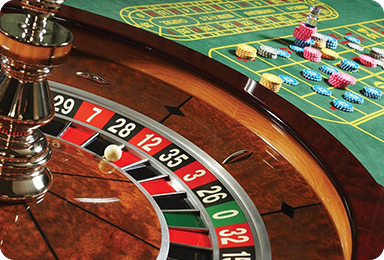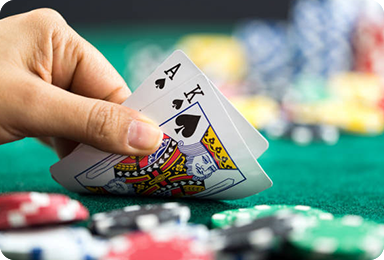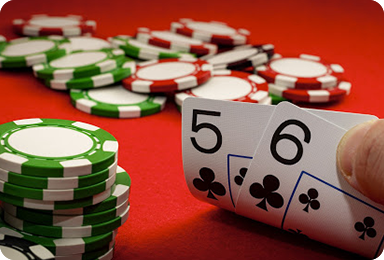About the Author

Author: JeffBet
JeffBet is an online gambling company founded in 2022. Its product offerings are online casino, online slots, live dealer games, table games and sports betting. The organisation holds regulatory gambling licenses in the UK and Malta.




